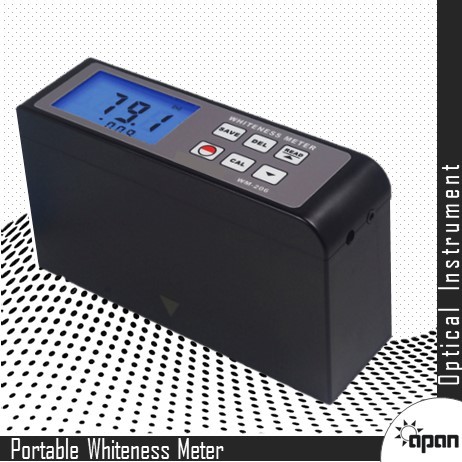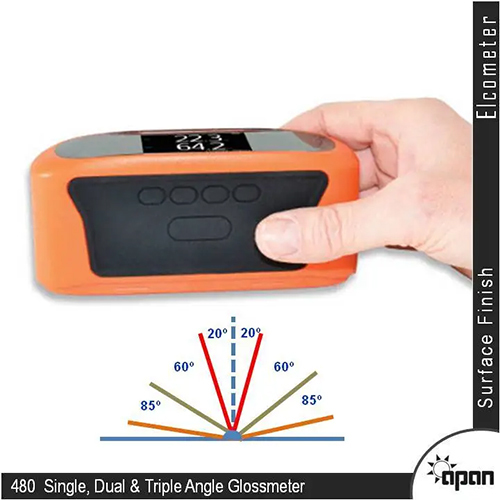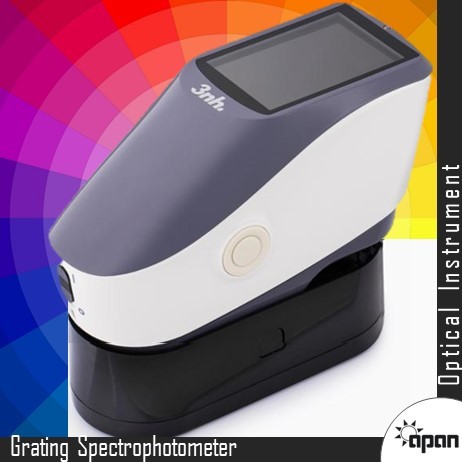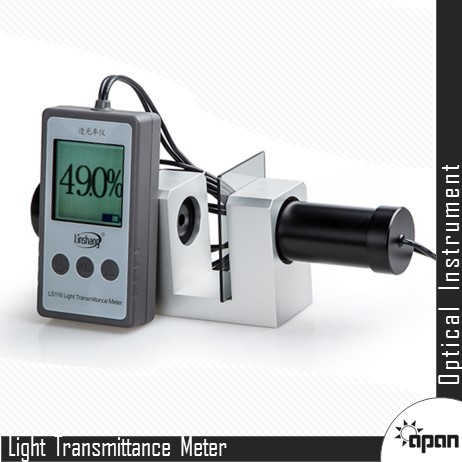Color Comparator with C Illuminant
Color Comparator with C Illuminant Specification
- Interface Type
- Manual
- Resolution
- Discrete (by individual color disc)
- Frequency
- 50 Hz
- Application
- Visual color comparison/analysis in labs, water/wastewater testing
- Temperature
- Ambient, recommended 20-25C
- Mounting Type
- Tabletop/benchtop
- Operating Voltage
- 230V AC
- Features
- C Illuminant lamp, multiple standard disc slots, robust design
- Test Range
- Visual comparison against standard discs
- Automation Grade
- Manual
- Response Time
- Instantaneous visual
- Power Supply
- 230V AC, 50 Hz
- Max Height
- Approx. 28-35 cm
- Humidity
- Ambient, recommended 45-65% RH
- Measuring Range
- Depends on reference discs (covers a wide colorimetric range)
- Display Type
- Visual observation field; no digital display
- Specimen Size
- Compatible with standard comparator cells/vials
- Accuracy
- Relies on visual interpretation, typically 1 disc value
- Number of Specimens
- 1 (compared with several reference discs)
- Usage
- Color comparison in chemical and quality control labs
- Capacity
- Typically up to 12 color standard discs
- Machine Weight
- Approx. 4-6 kg
- Test Speed
- Manual (Comparative analysis, not speed based)
- Control Mode
- Manual viewing via comparator field
Color Comparator with C Illuminant Trade Information
- Main Export Market(s)
- Asia
About Color Comparator with C Illuminant
As an Authorized dealer we are engaged in providing the broad assortment of "Optical Instruments" for various applications.
Colour variations of transparent liquids such as varnishes, solvents, resins, tensides, oils et.,may be caused by contamination or impurities, process inconsistencies, or excessive weathering.Therefore,reliable and accurate measurements are essential to ensure consistent production standards.
Color Comparator with C Illuminant is used to test the color of drying fatty oil, varnish, fatty acid, polymerized fatty acids and resin. It complies with ISO 4630 standard.
Specification:
- Working Standard18 pcs different standard liquid color which are prepared according with ISO 4630
- Glass tubesColorless and transparent with inner diameter is 10.65 0.025mm, external diameter is 12.5mm and the length is 114mm
- IlluminantIts energy of spectra is similar with C light resource of CIE. And the ray come through breadth wise the working standard color and sample
- The environment is neutral color, the two working standard colors and one sample are within eye shot
Precision Daylight Color Assessment
This color comparator utilizes a C Illuminant light source, simulating natural daylight at 6774K, providing consistent and accurate visual color analysis. Its uniform light chamber and ergonomic viewing design eliminate extraneous reflections, facilitating easy and precise color matching to reference discs.
Built for Safety and Durability
Constructed from powder-coated sheet metal, this unit boasts a smooth, non-reflective finish for minimal glare during use. Integrated overload protection with insulated wiring ensures safe operation, while the benchtop design is both sturdy and portable, catering to frequent use in busy laboratory or industrial settings.
Simple, Standardized Operation
Color comparison is performed visually, allowing direct observation through the ergonomic port. Calibration at the factory guarantees reproducible results. The manual control mode offers intuitive sample handling, supporting up to 12 standard color discs for broad colorimetric assessment across various sample types.
FAQs of Color Comparator with C Illuminant:
Q: How does the Color Comparator with C Illuminant ensure accurate color matching?
A: It uses a C Illuminant lamp that simulates daylight at 6774K and a uniformly diffused light chamber, minimizing external influences and providing a consistent visual environment for precise color comparison against standard discs.Q: What applications is this color comparator suitable for?
A: The device is ideal for color analysis and comparison in laboratories, particularly for water and wastewater testing, chemical analysis, and quality control processes where visual assessment against color standards is required.Q: When should I use this color comparator for testing?
A: Use the color comparator when you require visual comparison of samples, especially during routine lab analysis or quality checks where conformity to color standards (IS/ISO) is critical. Ambient conditions between 20-25C and 45-65% RH are recommended.Q: Where is the optimal place to use or install the color comparator?
A: This device is designed for benchtop or tabletop use in indoor laboratory settings with controlled temperature and humidity. Avoid direct sunlight or highly reflective environments to maintain measurement integrity.Q: What is the process for performing a color comparison with this device?
A: Insert your sample in the appropriate comparator cell or vial, then place it in the device alongside the reference color discs. Observe through the ergonomic port under C Illuminant lighting and visually match your sample to the closest standard disc.Q: How many standard discs and samples can the device accommodate during a comparison?
A: It can hold up to 12 standard comparator discs at once, allowing you to compare a single specimen visually against multiple reference standards for thorough analysis.Q: What are the benefits of using this manual color comparator over automated systems?
A: The manual operation allows instant visual feedback, greater user control, and flexibility during color analysis. Its robust, calibration-checked build and safety features ensure dependable performance for routine quality checks without the complexity of digital interfaces.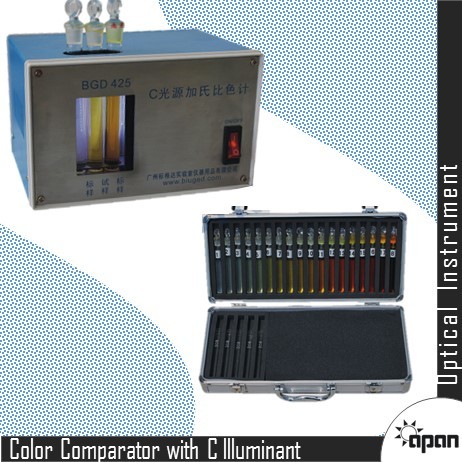

Price:
- 50
- 100
- 200
- 250
- 500
- 1000+
More Products in Optical Instrument Category
Powder Whiteness Meter
Test Range : 0~120 (whiteness value)
Operating Voltage : AC 220V 10%, 50 Hz
Features : Microprocessor based, quick response, digital display, robust design
Mounting Type : Table Top
Temperature : 10C ~ 40C
Control Mode : Automatic
Elcometer 480 Glossmeter
Test Range : 02000 Gloss Units (GU) depending on angle
Operating Voltage : DC 6V (from batteries) or 5V (USB)
Features : Auto calibration, date/time stamp, large memory, ergonomic design, multilingual support
Mounting Type : Handheld/Portable
Temperature : 0C to 40C (32F to 104F)
Control Mode : Manual operation via control panel
Grating Spectrophotometer
Test Range : 1901100 nm
Operating Voltage : 220V AC
Features : High precision, easy calibration, robust design, longlife light source
Mounting Type : Benchtop
Temperature : 10~35C
Control Mode : Automatic/Manual
Light Transmittance Meter
Test Range : 0% 100% transmittance
Operating Voltage : DC 6V
Features : Portable, easy operation, robust design
Mounting Type : Handheld
Temperature : 0C 40C
Control Mode : Manual

 Send Inquiry
Send Inquiry Send Inquiry
Send Inquiry
